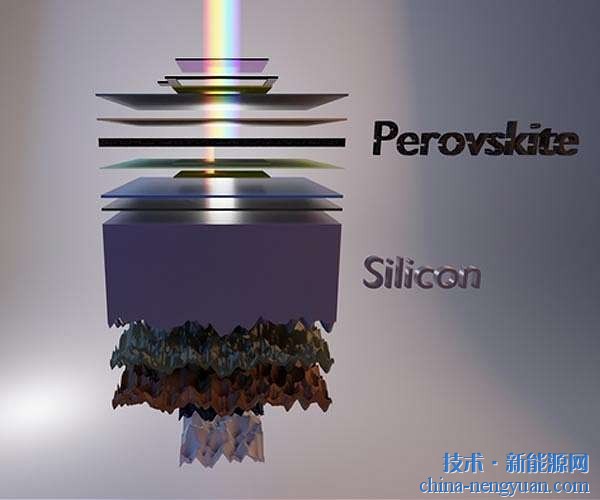Chinese Academy of Sciences uses reed to prepare lithium battery three-dimensional silicon anode material
 |
Recently, the Key Laboratory of Energy Conversion Materials of the Chinese Academy of Sciences and the Department of Materials of the School of Chemistry and Materials, University of Science and Technology of China, Professor Yu Yan's Research Group and Germany's Max Planck Institute for Solid State Research have invented a three-dimensional silicon negative electrode made of reeds for lithium-ion batteries. The method of material preparation breaks the technical difficulty of using only complex chemical steps to synthesize silicon, and provides more possibilities for the development of a new generation of lithium-ion batteries in the future.
The current lithium-ion batteries mainly use graphite and modified graphite as anode materials, but their theoretical capacity of 372 mAh/g is difficult to meet the long-range demand of electric vehicles. In contrast, silicon-based anode materials with high theoretical capacity (4200 mAh/g) have become a hot topic in the field of anode materials for next-generation lithium-ion batteries. The team of Professor Yu Yan innovatively adopted reed as a raw material for preparation, which not only simplified the process but also reduced the cost.
The method is mainly based on the magnesium heat reduction, and the dense three-dimensional porous silica (SiO2) is reduced from the natural reed leaves. The reed leaf serves as a skeleton on which by-product magnesium oxide (MgO) is produced as a pore shape.
According to researchers, compared with the current methods for preparing nanostructured silicon-based anodes, such reed-based methods include the following advantages:
1. Reed leaves are renewable materials;
2. The reduced silicon maintains the three-dimensional nanostructure of the crude reed leaf. This structure is very beneficial to enhance the negative electrode performance (since it can slow down the powder of the negative electrode);
3, the method is simple and easy;
4, without the use of expensive silicon starting materials or reagents. When this method was used to prepare the negative electrode, the original silicate topology in the reed leaf was magically maintained and was not destroyed in a series of physical and chemical treatment procedures. In the process of purification of dried reed leaves, its internal three-dimensional structure will only shrink, and the mesoporous network will remain intact, even if the subsequent carbonization process will not change it.
According to Liu Jun of the research team, magnesium heat reduction has two advantages. First, it can maintain the original structure of silicon in the leaves of the reed; second, the corrosion of the magnesium oxide additive can further increase the density of the inner hole. These two points are complemented by the subsequent carbon layer coating on the silicon motor, which can greatly improve the negative electrode electrochemical performance of lithium-ion batteries, such as large reversible capacity, high charge-discharge current density and excellent cycle capacity. Finally, as a natural material, reeds provide possibilities for large-scale production of high-performance lithium-ion batteries in the future.
Full Power Emergency Battery Pack
The Full power emergency pack is ideal for LED tubes 3-40W Full power emergency output wattage for LED emergency lighting 60-180mins. Automatic lighting up when main power failures. Suitable for LED fitting with external led driver and internal driver. Widely using for parking lot, office, building, warehouse, school, hospital, workshop etc.
Emergency Lighting Battery Pack,Emergency Battery Pack For Led Lights,Emergency Power Packs,Bodine Battery Pack,led battery backup ballast
Foshan Nai An Lighting Electric Co.,ltd , https://www.ledpowerpack.com